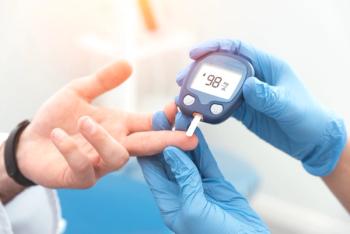
BPA in food packaging contributes to childhood obesity
New research has linked bisphenol A (BPA), a chemical commonly found in the lining of metal cans, food packaging, polycarbonate drink bottles, and other consumer products, to obesity in children and adolescents. More >>
New
Investigators analyzed a subsample of 2,838 children aged 6 through 19 years in the 2003-2008 National Health and Nutrition Examination Surveys for urinary BPA concentrations and body mass, adjusting for sex, age, race, ethnicity, caloric intake, serum cotinine and urinary creatinine levels, television viewing, income-to-poverty ratio, and parental education.
Thirty-four percent of the children were overweight, and 18% were obese. Median urinary BPA concentration was 2.8 ng/mL.
Data showed that study participants who had high levels of urinary BPA were at 2.6 times higher risk for obesity than children and adolescents who had low levels of urinary BPA. For children with the highest levels of urinary BPA, 22% were obese compared with 10% of those with the lowest levels of urinary BPA. The association between urinary BPA and obesity was more prevalent in white children and adolescents than in black or Hispanic participants.
Obesity was not linked with environmental exposure to other phenols found in many consumer products including soaps and sunscreens.
Bisphenol A exposure has been linked to breast and prostate cancers, infertility, neurologic conditions, and cardiovascular disease. A recent
The US Food and Drug Administration has banned the use of BPA in baby bottles and children’s sippy cups but stopped short of banning the chemical in aluminum and metal cans and in food packaging.
Newsletter
Access practical, evidence-based guidance to support better care for our youngest patients. Join our email list for the latest clinical updates.














